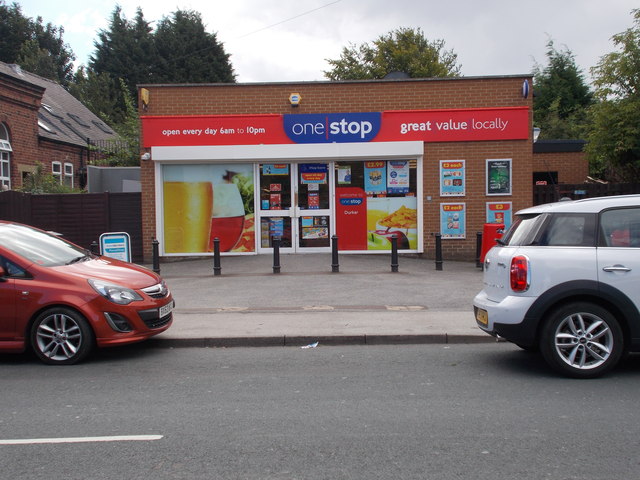There is a clear view than knowledge lies in the "walls" and the "hallways" between the "rooms" of an organisation. Here are some of the implications of this view for Knowledge Management.
This blog post was inspired by a post from Nancy Dixon entitled Where Is The Only Place Employees Share Their Knowledge? (The Hallways of Learning). If you haven't read Nancy's excellent post, please do so and then come back, as I want to expand on some of the ideas it raises.
Nancy talks about knowledge and learning in an organisation using 3 metaphors:
- Learning in "private rooms", and under this heading she talks about individuals learning for themselves, and creating their own understanding.
- Learning in the hallways, where individuals get together and create shared understanding, and
- Learning, or Knowledge, in the Storerooms of knowledge; the storerooms being the collections of knowledge created through the hallway conversations.
Nancy concludes as follows:
Hallways are the only space where it is possible for an organization to learn. It cannot learn in the Private Offices, although individual learning can certainly take place there. It cannot learn in the Storeroom, where it is only possible to affirm what is already known. If organizations are going to learn, they will need to construct Hallways in which the in-depth exploration of meaning can occur.
Nancy's blog post reminded me of something said by a one-time colleague of mine, Paul Whiffen, who was of the view that "Organisations are like a series of rooms, and knowledge lies within the walls". Paul was talking about teams at the time, and the rooms being "team spaces" (both metaphorical spaces and electronic spaces) while the walls represent the barriers to inter-team interaction. When those barriers are breached, knowledge flows.
Silos and hallways
We are talking here about silos, and silos in organisations exist at individual level, team level, and department level. Effective KM requires breaching some of the silo walls and creating the learning spaces ("hallways") in which knowledge can be shared. It is possible to learn within these silos - the Private Offices of the individual, and the Team Spaces - but the real value of KM - the challenge as well as the opportunity - comes when you break the silos.
An illustration of the value of silo-breaking, and exchange of knowledge between individuals and teams, comes from the data from our classroom exercise "Bird Island" (reference here). This exercise has been rather like a controlled KM experiment which has run for over 20 years. We find that:
- teams that learn only from their own experience, see potential performance gains of 40% on average;
- when teams learn from experience of the other teams in the classroom, they see potential performance gains of 80% on average, and
- when teams use all the historical knowledge from all past teams (the knowledge in Nancy's storeroom), they see actual performance gains of, on average, 220%.
The 80% and the 220% performance increase came from knowledge that was "in the walls and the halls" and that needed the teams to break their silos and enter a shared space - a hallway or storeroom as Nancy would say.
Where are the hallways in hybrid organisations?
Nancy's use of the term Hallways does not necessarily mean real hallways in a building (although it could; when I ran a local knowledge management system in a Norwegian office in the 90s, before online collaboration was common, we posted lessons learned on the hallway noticeboard opposite the coffee corner, and there was often a knot of people looking through these), she refers also to tools like After Action Review and storytelling circles. She says:
The real hallways of our organizations will not suffice for the level of organizational learning that is necessary. Rather, organizations to need to develop processes that have the positive characteristics of real hallways, yet are more focused and intentional.
Increasingly that focused intentional activity needs to happen in a hybrid world. And here we see an added challenge. As the Microsoft study showed, in an online or hybrid world, the silos are strengthened. Proportionately more interaction tends to happen within teams, in "Team Space" while proportionately less happens in the walls and hallways between the team spaces. I quote from the study;
Our results suggest that shifting to firm-wide remote work caused the collaboration network to become more heavily siloed—with fewer ties that cut across formal business units or bridge structural holes in Microsoft’s informal collaboration network—and that those silos became more densely connected. Furthermore, the network became more static, with fewer ties added and deleted per month. Previous research suggests that these changes in collaboration patterns may impede the transfer of knowledge and reduce the quality of workers’ output.
In other words, in a hybrid world the silos are strengthened and the hallways begin to disappear. This is a real risk for KM.
So what can we do?
As Nancy suggests, we need to become intentional.
At the start of a project, the project leader needs to intentionally ask their team "who else can we learn from?" This question forces them to look outside team space, to look through the windows in the walls, to look into the hallways to see who else has valuable knowledge. And then they track those conversations to make sure the knowledge is brought into the team space, perhaps through Peer Assist or another process.
During a project, the project leader needs to intentionally ensure that team conversations are not just about task and activity, and that the question "what have we learned" is a regular topic of discussion. After Action Review is a great format for this discussion.
At the end of a project, the project leader needs to intentionally ask the team "who else do we need to share our lessons with"? Again this forces the team to look through the walls and into the hallways.
All of this intentionality can be built into a KM plan for the project.
The organisation also needs to intentionally build and support the required communities of practice which will act as the hallway monitors and the silo-breachers. In a hybrid world, these communities need their own communication channels, as well as their own roles, processes and governance. Each community lives in its own hallway.
The communities of practice can then act as the custodians of the storehouses of knowledge.
None of the above is new. However in a hybrid world, it needs to become, in Nancy's words, more focused and more intentional if we are to open the hallways and release the knowledge trapped in the walls.
























